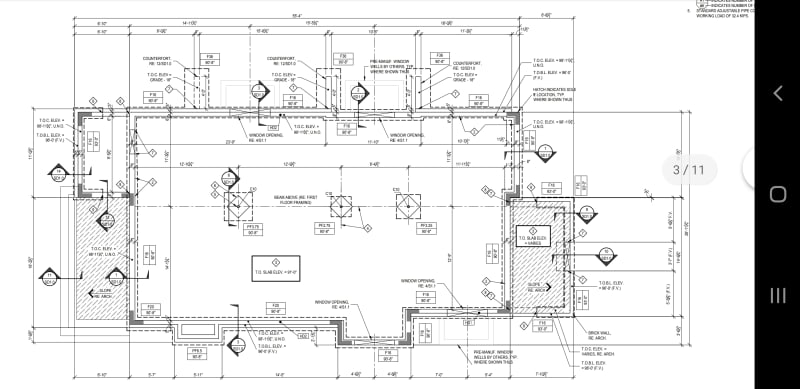hgcdesign
Structural
- Apr 18, 2020
- 19
hello guys , this may be a dumb question but I'm going to ask anyway. The engineer of record on a house I'm building wanted a steel beam spliced on middle post with a concrete pad of 24x24" . I built it with a 34x34 concrete pad and just left the post solid because it came that way and seames to make more sense not to cut it , I still supported it on the middle post . Now he is telling me I have to redo it because the pad needed to be 36x36 for a solid beam . This makes zero sense to me but I guess I could be missing something. Beam is 50' Thanks

